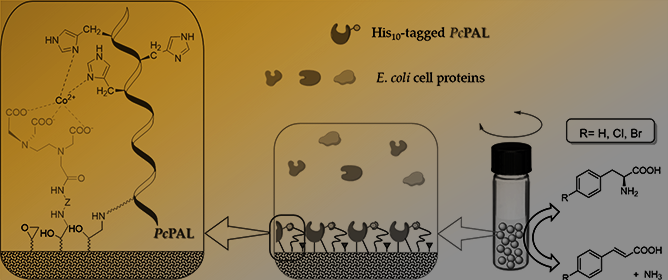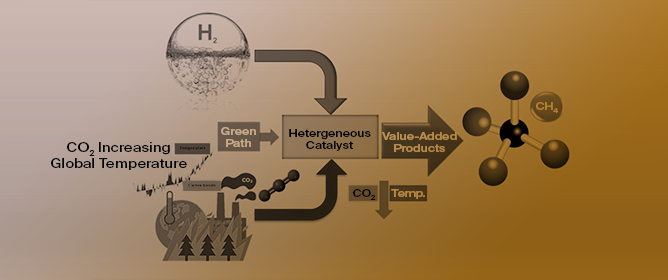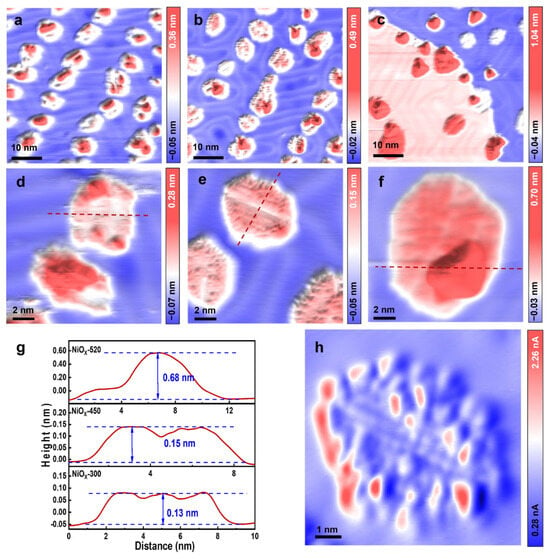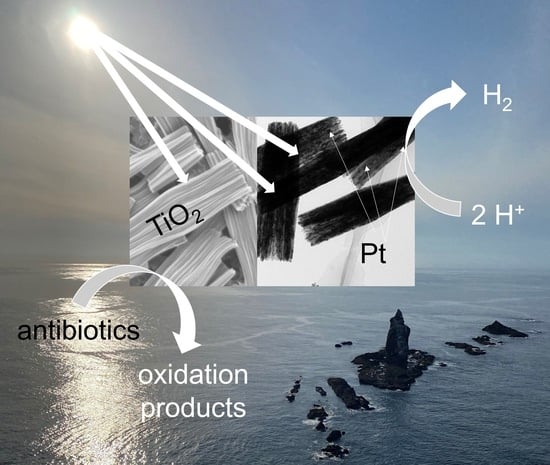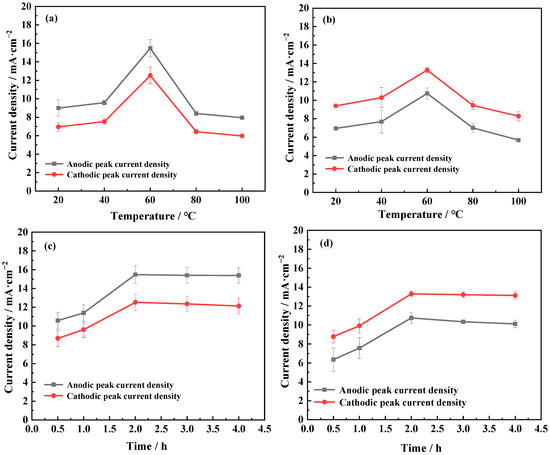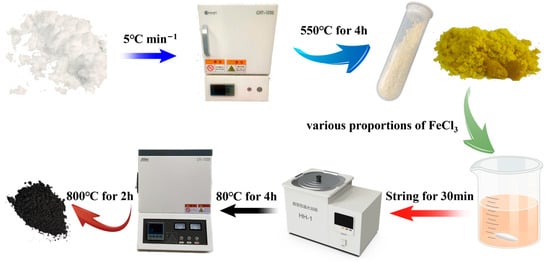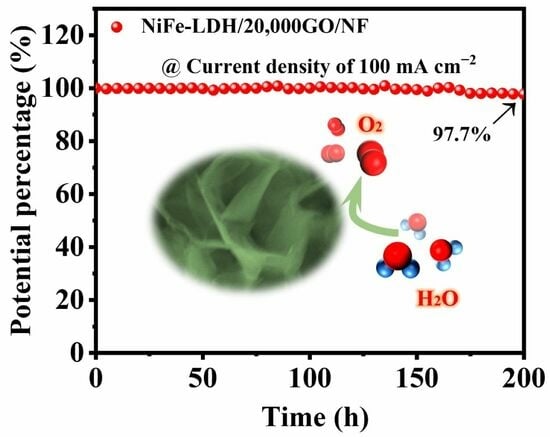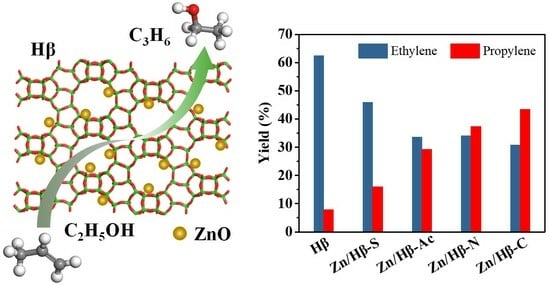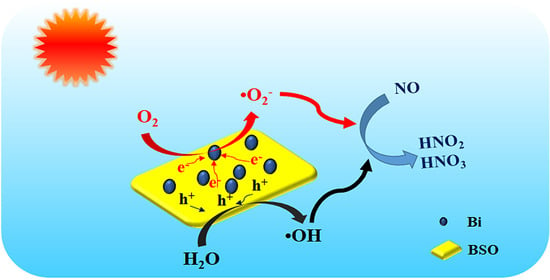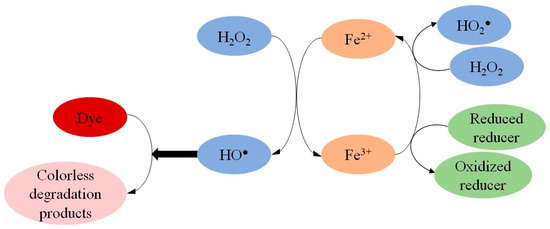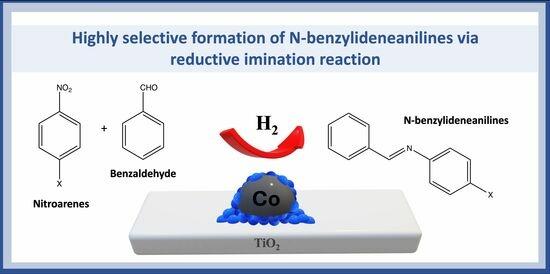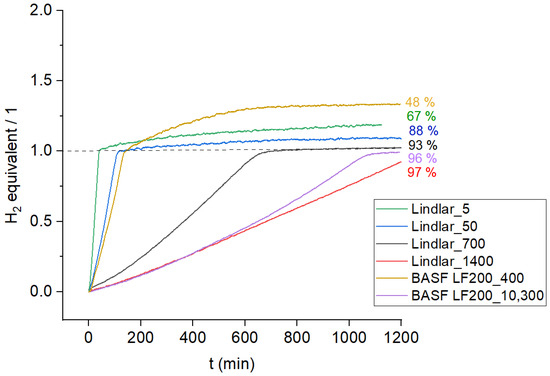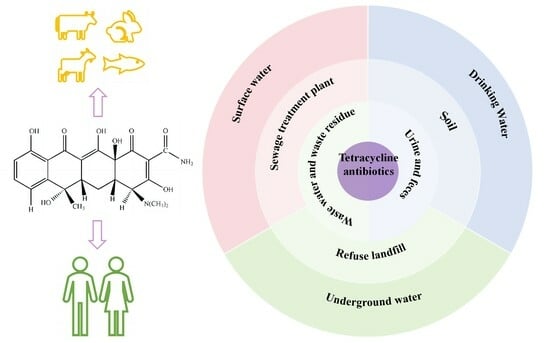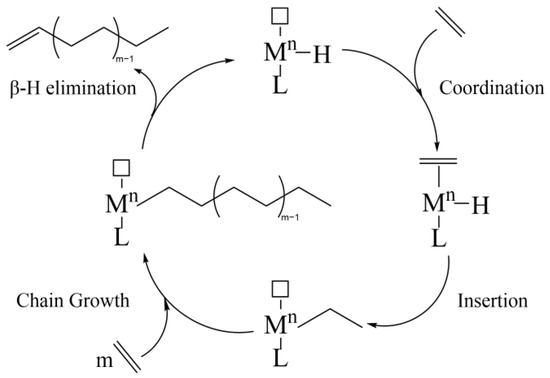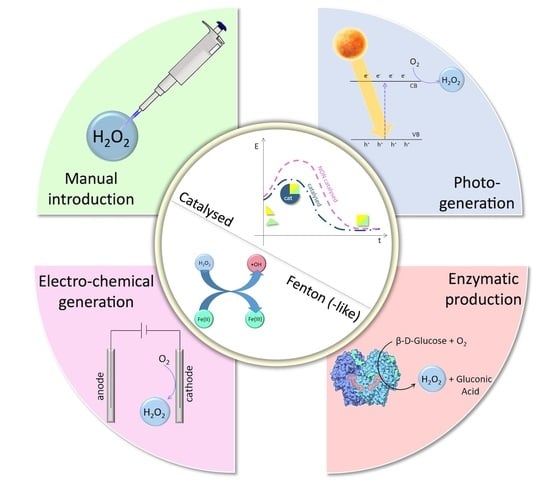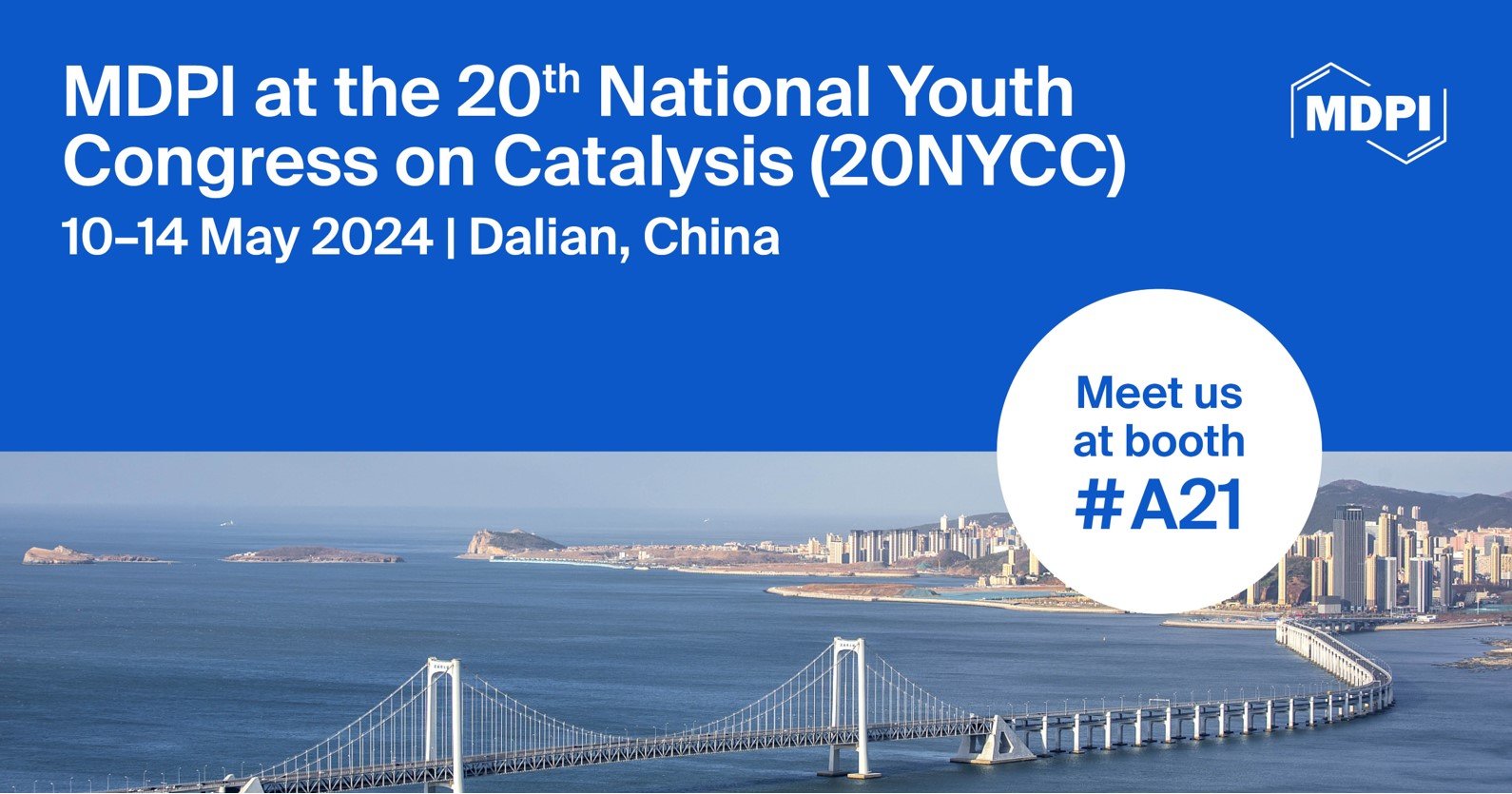Journal Description
Catalysts
- Open Access— free for readers, with article processing charges (APC) paid by authors or their institutions.
- High Visibility: indexed within Scopus, SCIE (Web of Science), Inspec, CAPlus / SciFinder, CAB Abstracts, and other databases.
- Journal Rank: JCR - Q2 (Chemistry, Physical) / CiteScore - Q1 (General Environmental Science)
- Rapid Publication: manuscripts are peer-reviewed and a first decision is provided to authors approximately 14.3 days after submission; acceptance to publication is undertaken in 2.7 days (median values for papers published in this journal in the second half of 2023).
- Recognition of Reviewers: reviewers who provide timely, thorough peer-review reports receive vouchers entitling them to a discount on the APC of their next publication in any MDPI journal, in appreciation of the work done.
Latest Articles
E-Mail Alert
News
Topics
Deadline: 30 June 2024
Deadline: 20 July 2024
Deadline: 31 August 2024
Deadline: 20 September 2024
Conferences
Special Issues
Deadline: 30 April 2024
Deadline: 15 May 2024
Deadline: 6 June 2024
Deadline: 15 June 2024



